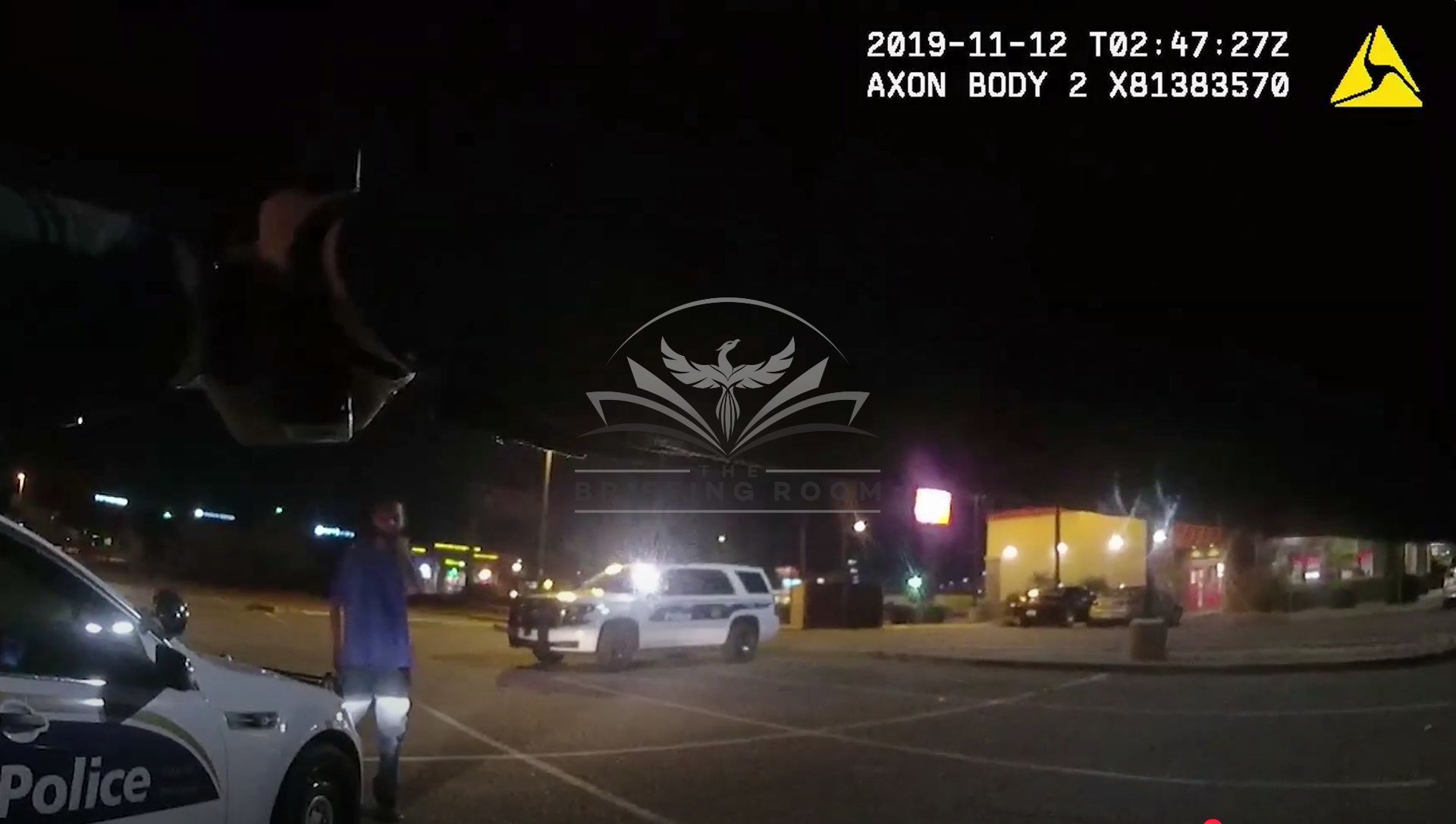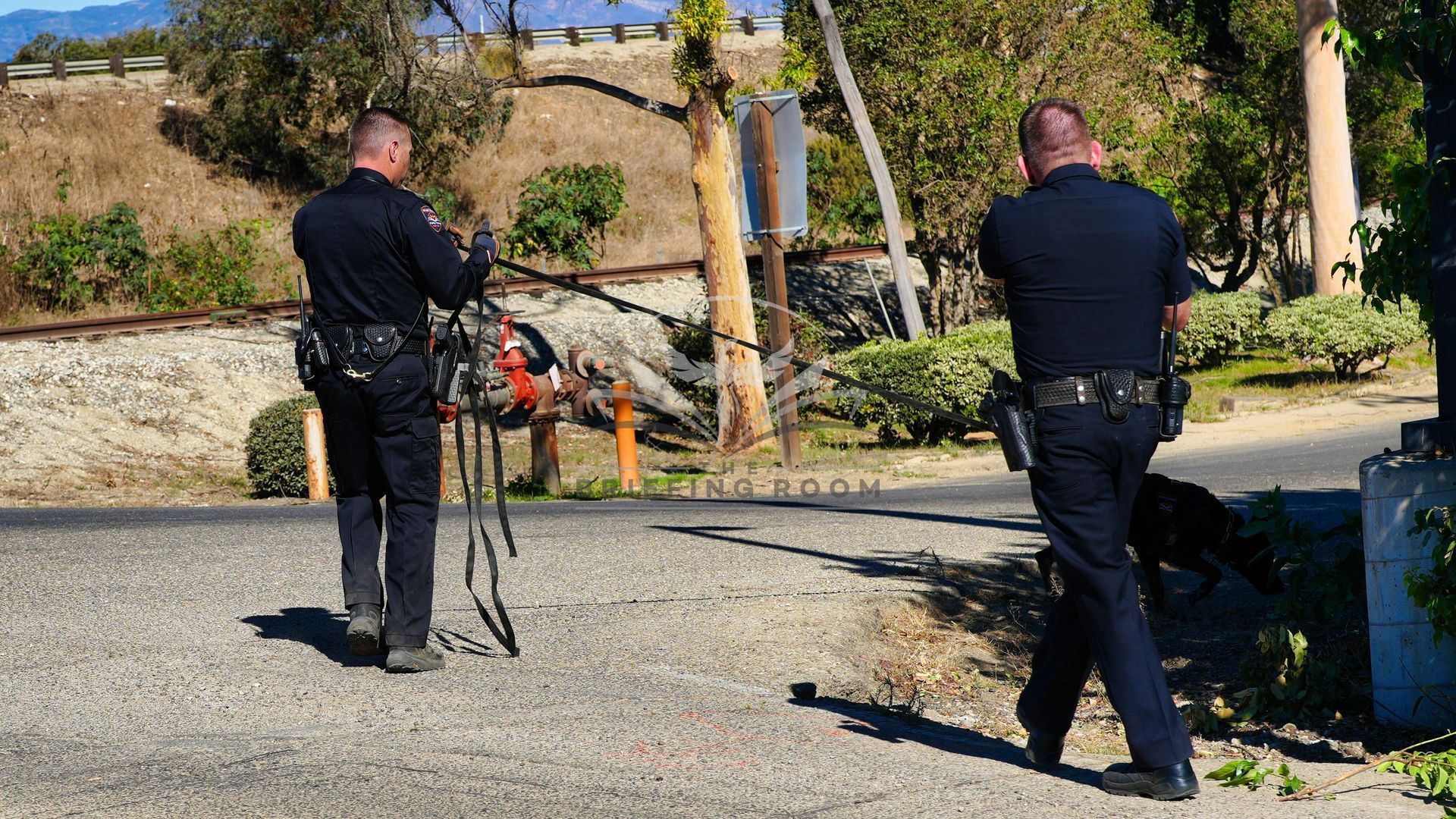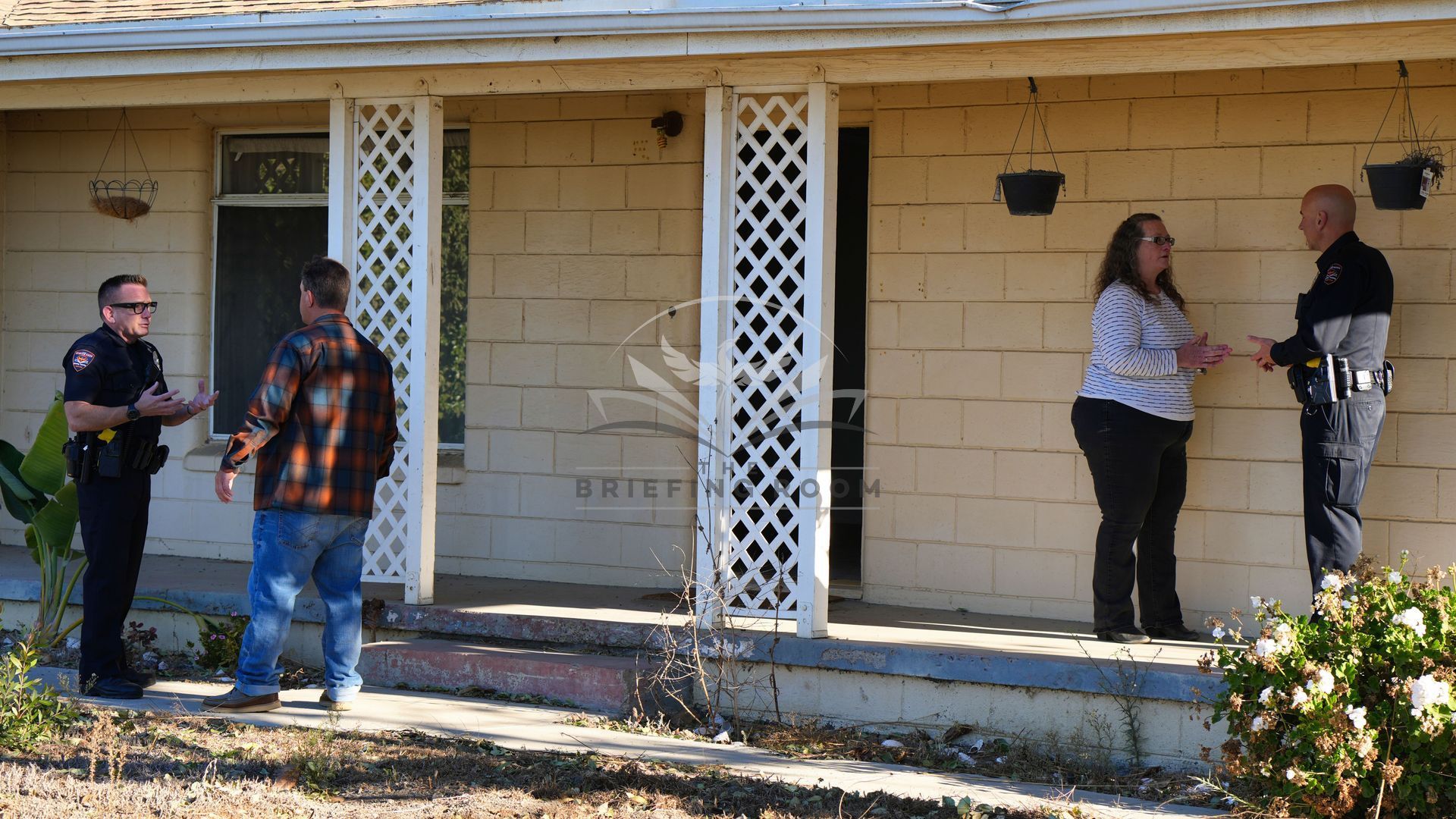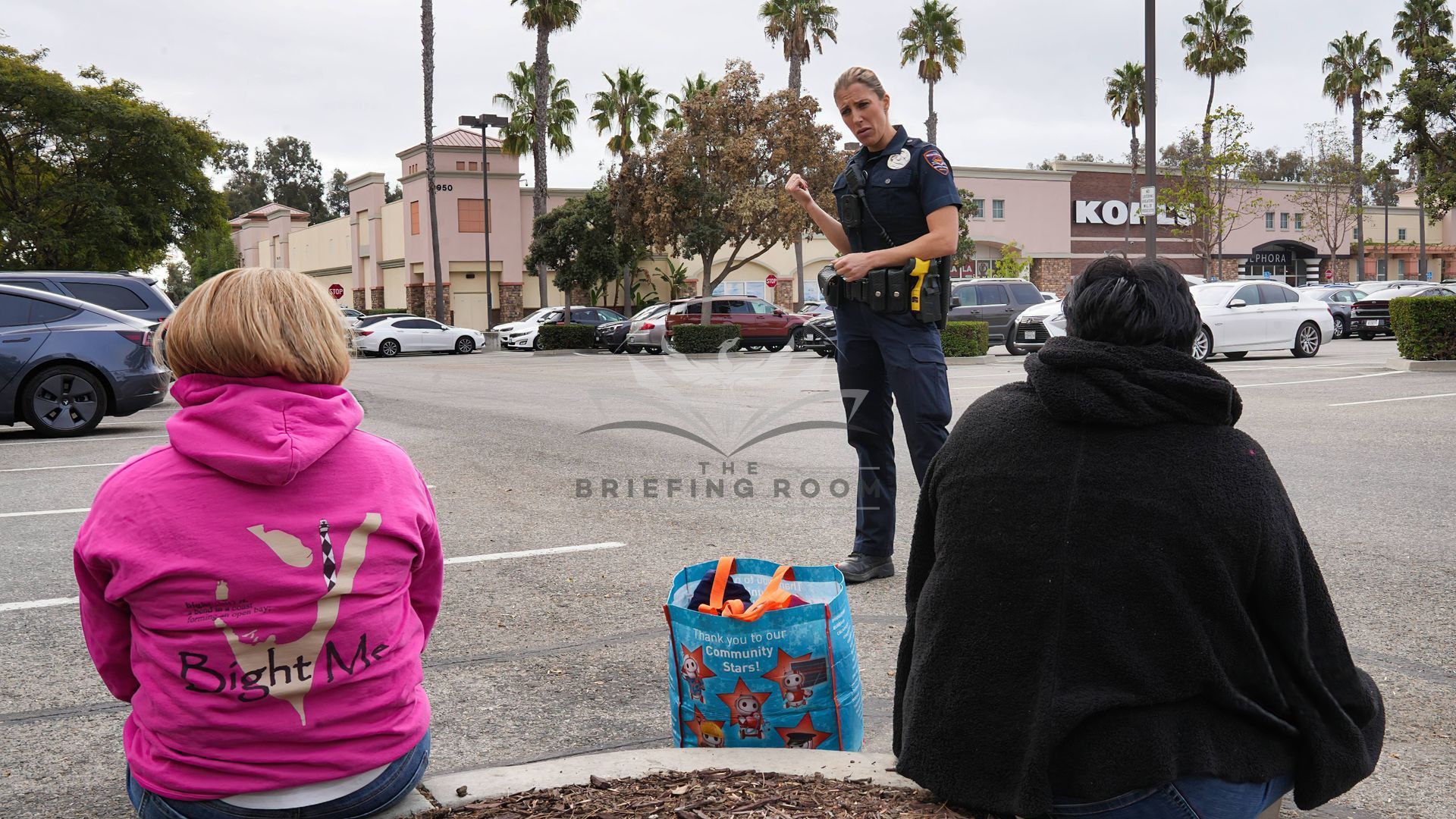New 9th Circuit Case: Is It Reasonable To Shoot Someone Who's Committing Suicide By Cop?

This post is offered as a discussion topic only and does not represent legal advice. Officers must refer to the laws in their own State as well as their agency's policies, which can be more restrictive on officers than the law requires.
Scenario:
An officer is on patrol, when they respond to a call about an attempted armed robbery at a Home Depot. Upon arriving in the parking lot, events escalate quickly and this happens:
The suspect survived the encounter, so of course, he sued the city and the officers involved. To provide context, here’s a brief clip of the 9th Circuit panel discussing the case with the officer’s attorney.
On December 26, 2024, the 9th Circuit released its unanimous opinion on the case. The court denied the officer qualified immunity, stating, “The district court held, and we agree, that [the man] has established a plausible, even though not conclusive, constitutional violation at step one of the qualified immunity analysis.”
The court's reasoning was multifaceted. They highlighted that the man had expressed only an intent to harm himself, posed no direct threat to others, and was emotionally disturbed. Additionally, they said the officers had not provided an effective warning, and the question of whether less intrusive measures could have been employed was left for a jury to decide.
A particularly significant aspect of the court’s ruling focused on the nature of the warnings given to the man. They stated, “…no effective warning was given to [the man]. Although [the man] heard and understood the officers’ warnings, they had no effect on him given his mental state. He responded simply that he wanted the police to shoot him, emphasizing his suicidal state. Threatening a suspect with something that they desire—like being shot—is not a sufficient warning in these circumstances.” They did not explain what alternative for a warning existed.
This incident bears resemblance to another case, Napouk v. Las Vegas Metropolitan Police Department, which you may remember we covered in the Briefing Room just a couple of weeks ago. The panel themselves even compared the two cases, but ultimately found them distinct.
The court emphasized key distinctions between the two cases. They said, “In Napouk v. Las Vegas Metropolitan Police Department, the decedent held a large object that appeared to the officers to be a machete, whereas here the object was a small pocketknife. In Napouk, the decedent moved the object around and pointed it in various directions. By contrast, here, Plaintiff held the pocketknife only to his own throat. There, the decedent continually advanced on the officers and began to move more quickly toward them while telling them to "get out of here. In this case, Plaintiff said nothing aggressive, never moved quickly, and had stopped at the time he was shot.".
It’s crucial to understand that the court did not assert that the officers were negligent or reckless. Instead, they affirmed that the unique facts of this case warrant further examination by a jury to determine whether the use of force was reasonable. Essentially, that it's up to a jury to decide reasonableness, not the judges. That said, it’s important for officers to recognize that even a small knife can be as deadly as a larger weapon in the right circumstances. Additionally, while the man’s movement appeared to stop before he was shot, the less-than-one-second pause before the shooting may not have been enough time for officers to perceive and react accordingly—a nuance that will likely be explained to a jury if the case proceeds to trial.
Regardless of your personal opinions on the ruling, it is now binding case law within the 9th Circuit and must be adhered to by all officers in that circuit.
So, what are the takeaways?
First, recognize that lawsuits are an inherent part of law enforcement. No one can expect to avoid them entirely, and legal protections exist to defend and indemnify officers in these situations. However, it is police officer’s collective responsibility to stay informed about the law, agency policies, and modern use-of-force tactics and to apply them thoughtfully, especially in States like California with strict use of force laws that criminalize the use of deadly force against a person who is a danger only to themselves.
As an agency, and as a shift, officers should discuss how they would handle a similar situation moving forward. Some ideas to consider include delaying their approach to suspects who are reported to be armed unless absolutely necessary. If there’s no immediate threat to public safety, consider observing the person from a distance and calling in additional resources, such as less-lethal tools, K9 units, or crisis negotiation teams. Once those resources are on scene, develop a tactical plan that prioritizes the safety of everyone involved. When making contact with the suspect, try to slow the pace, communicate effectively with your partners and the individual, and use de-escalation strategies like empathy and rapport-building. If necessary, reposition tactically—but only if it’s safe to do so. Finally, if the suspect’s behavior presents an immediate and severe threat, and an officer reasonably believes the use of force is necessary to protect themselves or others, they should act decisively within the bounds of their training, agency policy, and their state’s laws.
Want to review more about this topic? To go to this lesson, make sure you are logged into your www.TheBriefingRoom.com Subscription and
click here and review the full lesson and all of the resources.
This blog topic serves as a summary of our video lesson on this crucial topic. If you're interested in accessing the full video lesson and additional resources, click the link to register for your free 30-day trial.
The Briefing Room has a short training video available on this exact scenario so agency supervisors can easily train every officer in your agency on this essential topic.
90-Second Training Videos Your Supervisors Use During Briefing or Roll Call To Develop High-Performing Teams of Officers.
✅ Lower Liability
✅ Retain Officers
✅ Build Community Support
🌟 Produced Exclusively by Active-Duty Law Enforcement Instructors 🌟



